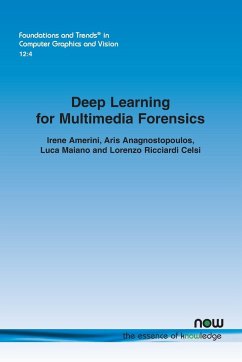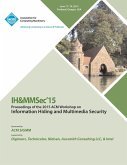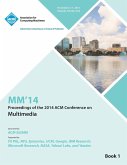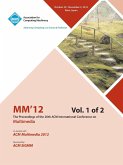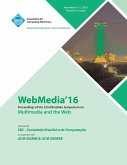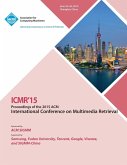Over the past few decades, we have witnessed a huge increase in the use of multimedia content on the internet, for multiple applications ranging from innocuous to critical ones. This development has led to threats posed when content can be manipulated/used for malicious purposes. For example, fake media can be used to drive personal opinions, or for criminal activities such as terrorist propaganda and cyberbullying. This research and practice activity gave rise to the creation of the multimedia forensics field. In this survey, the latest trends and deep-learning-based techniques for multimedia forensics are introduced, in both architectural and data-processing. Firstly, different techniques used to manipulate content are presented, followed by image and video forgery techniques. Thereafter, deep learning methods for source identification and recent solutions for deepfake detection are covered. Datasets and evaluation metrics are included, and conclusions are presented. The publication is intended for researchers, students and professionals active in the fields of Deep Learning and Multimedia Forensics.

